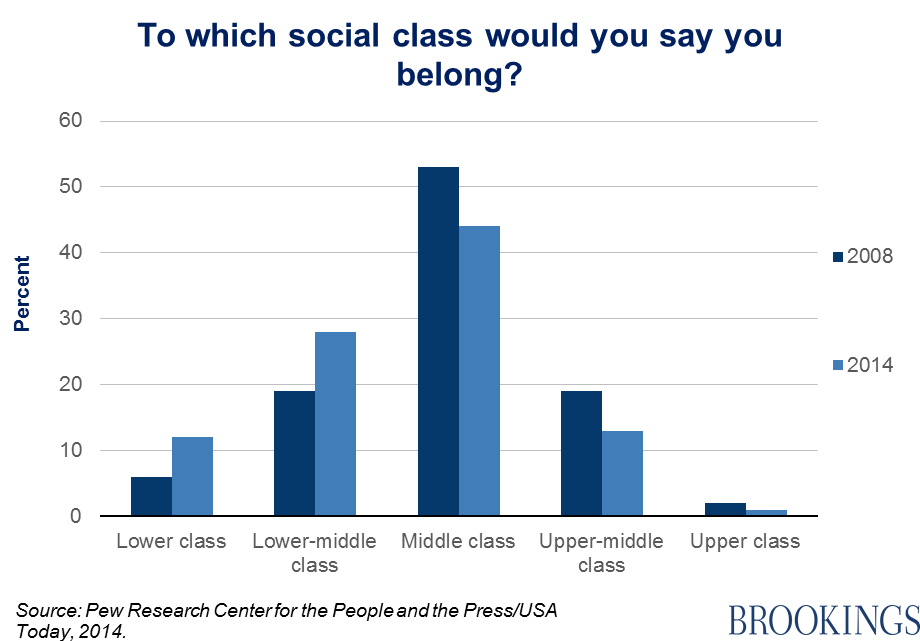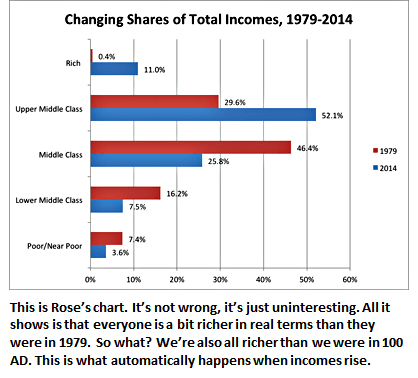


Thanks to this shift, the income gap between upper-class Americans and everyone else widened slightly, stemming largely from pandemic unemployment.Ībout 15% of Americans suffered some form of unemployment in 2020, with the biggest impact falling on lower-income households. Lower-income households experienced a similar rise and fall.

After the pandemic hit, incomes dropped about 2% in a single year, sending the median income down to $90,131 in 2020. Yet the early days of the COVID-19 pandemic hit middle- and lower-income families harder financially, says Rakesh Kochhar, a senior researcher at Pew.įrom 2010 to 2019, the median income for middle-class families (based on a household of three people) grew 15%, from $79,838 to $92,042. Not shockingly, the pandemic had a significant impact: Last year, it was just 50%, a level that has stayed fairly consistent since the Great Recession, according to Pew. About 61% of American adults were part of a middle-class family in 1971. Regardless, there’s a continuing gap between perception and Pew’s definition:Įven though incomes have continued to rise, those who can consider themselves middle-class (at least in a financial sense) have shrunk in the past five decades, according to Pew. Something doesn’t quite compute there.Īnd that’s to say nothing of the effective 5 percent pay cut we took because of runaway inflation. But our income would go considerably further, in that our house would be a quarter to a third the price and our tax burden would be considerably lower. But so are 32 percent of the people in the Washington-Arlington-Alexandria region! It makes no sense to put the top third of households in the “upper income” category.Ĭonversely, if we somehow kept the same income but lived in the Anniston-Oxford-Jacksonville region of Alabama where I finished high school and college, we’d be in the top 15 percent. Even with 6 people in the household (counting the college freshman who’s away but not the 22-year-old who’s on her own now) my wife and I combine to make enough to put us in the “upper income” range for the Northern Virginia suburbs. Pew also has a calculator that’s updated periodically that lets readers enter where they live, how much they earn, and how many are in their household to get a more personalized definition of where they fall on the income spectrum.īut this calculator is suspect. The research released Wednesday is based on Pew’s analysis of the 2021 Current Population Survey’s Annual Social and Economic Supplement, produced by the U.S.
#UPPER MIDDLE CLASS UPDATE#
Pew tends to update its definition of middle-class on an annual basis. Regardless, while these numbers are useful for understanding medians, any measure of income stratification that doesn’t take into account the rather wide cost of living variation in the country is problematic. Why the different ranges for different sizes of families? Smaller households typically require less income to support the same lifestyle as larger households, especially if that family includes children who don’t yet earn an income. This is followed by a question none of you were asking because the answer is obvious: A three-person household must have earned $51,962 to $155,902 to be considered middle-class while a family of four must earn about $60,000 to $180,000. The Pew Research Center has put a financial definition to the term “middle income.” To be considered part of that group in 2021-which is synonymous with middle-class, according to Pew-a single American must have earned $30,003 to $90,010, according to a new set of reports released Wednesday.īut that range does vary by the size of the household. What does it even mean to be middle-class in America these days?

#UPPER MIDDLE CLASS FREE#
The image is released free of copyrights under Creative Commons CC0.


 0 kommentar(er)
0 kommentar(er)
